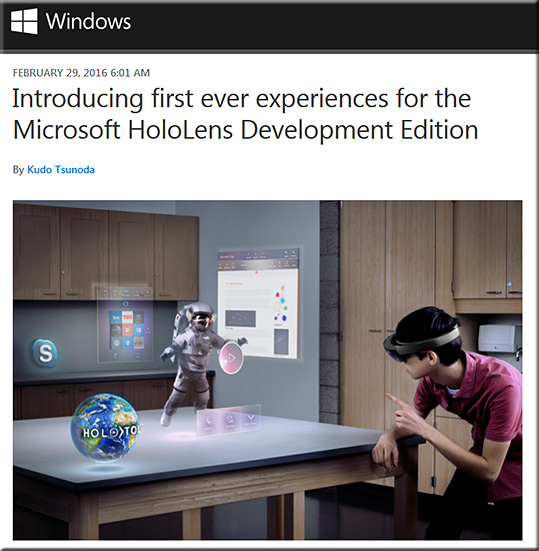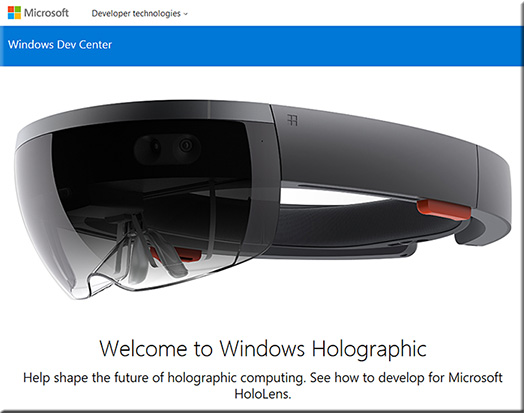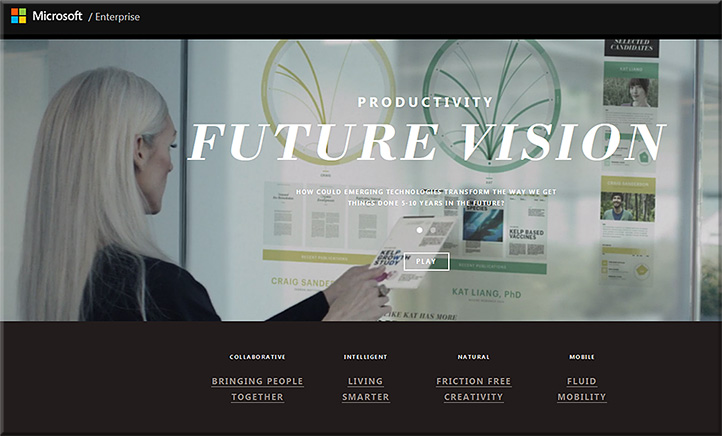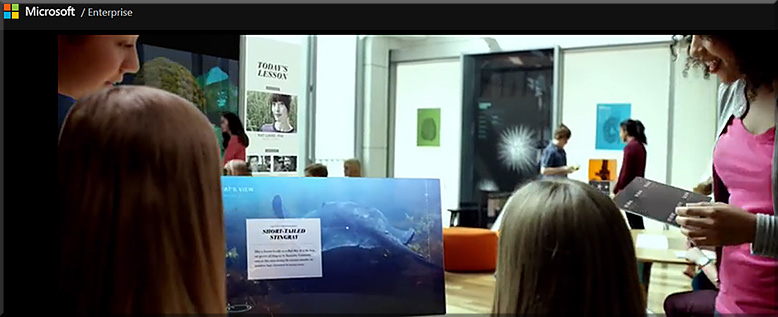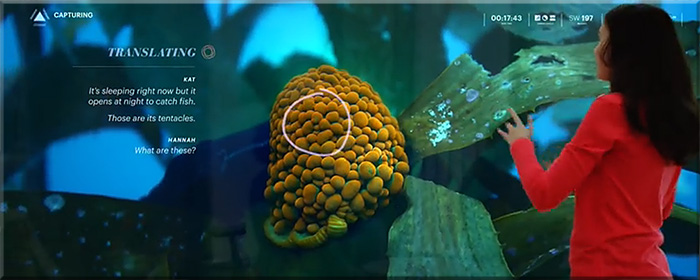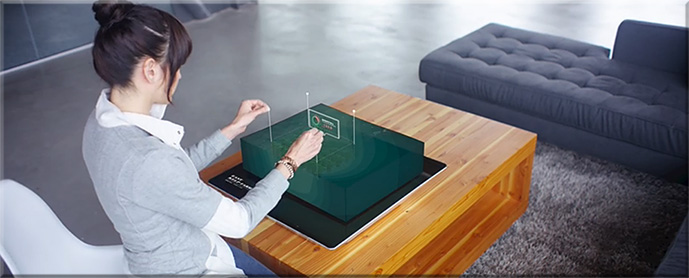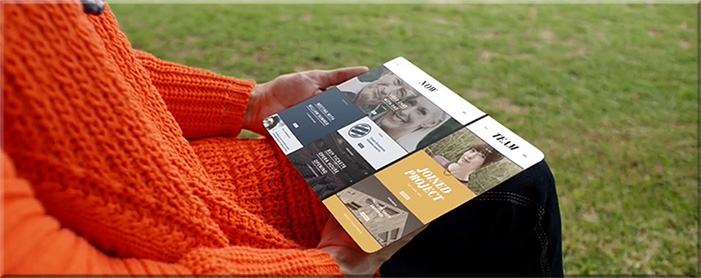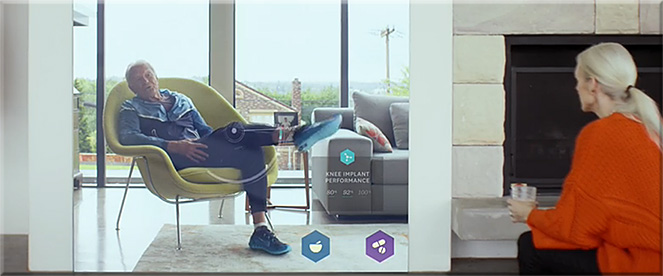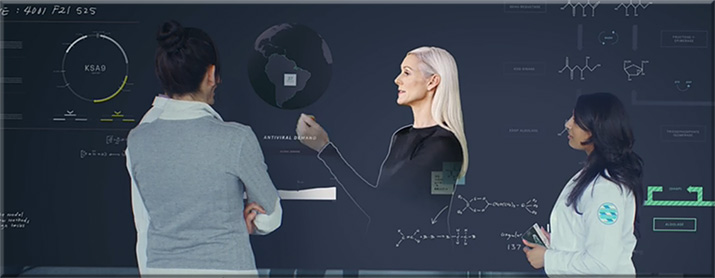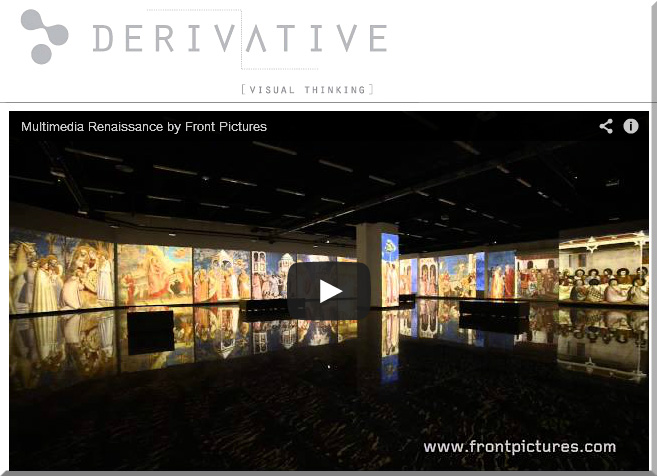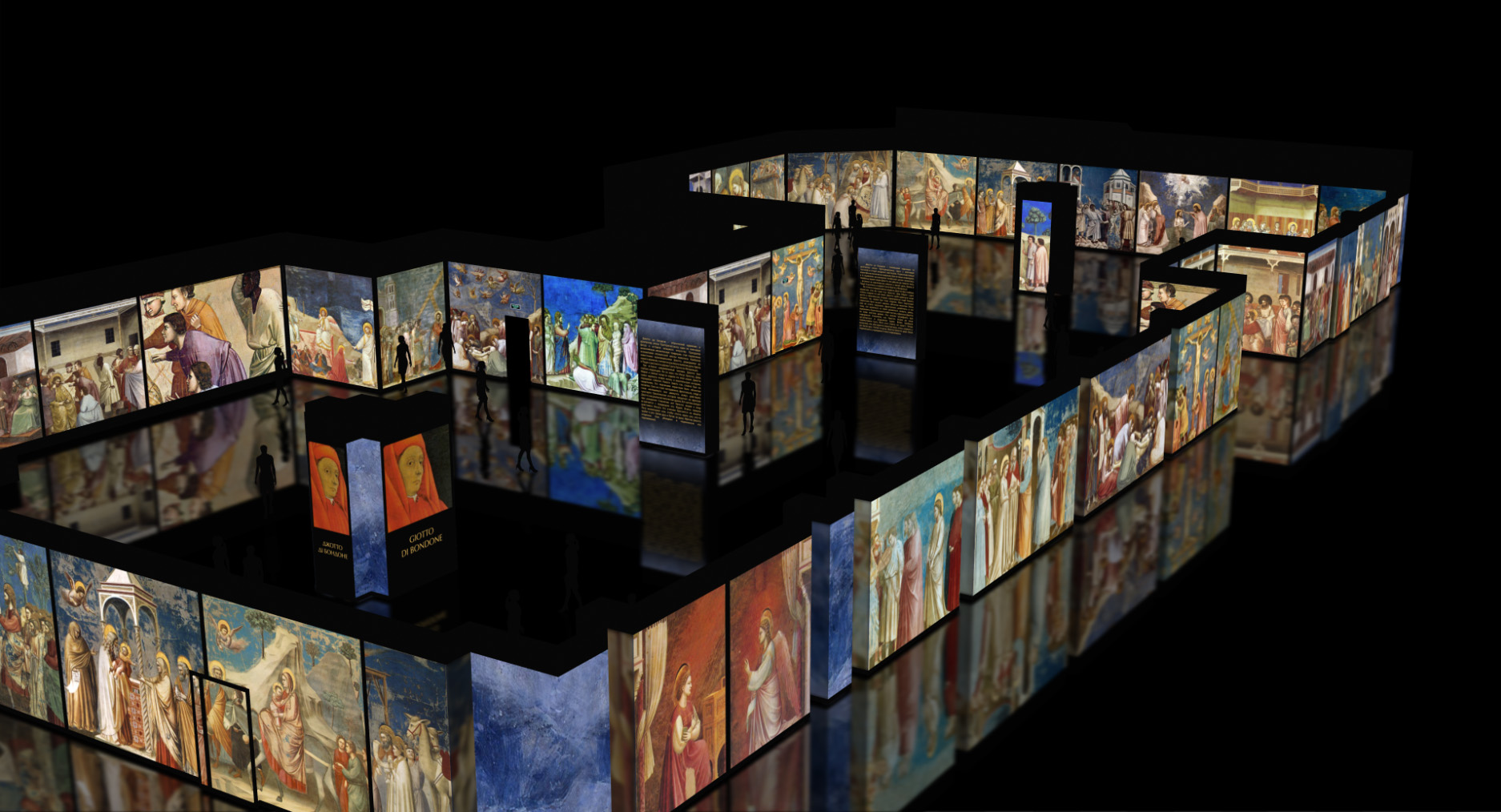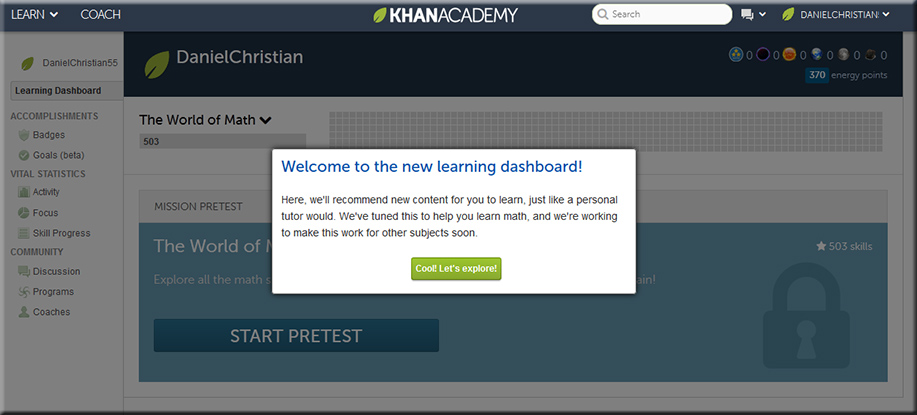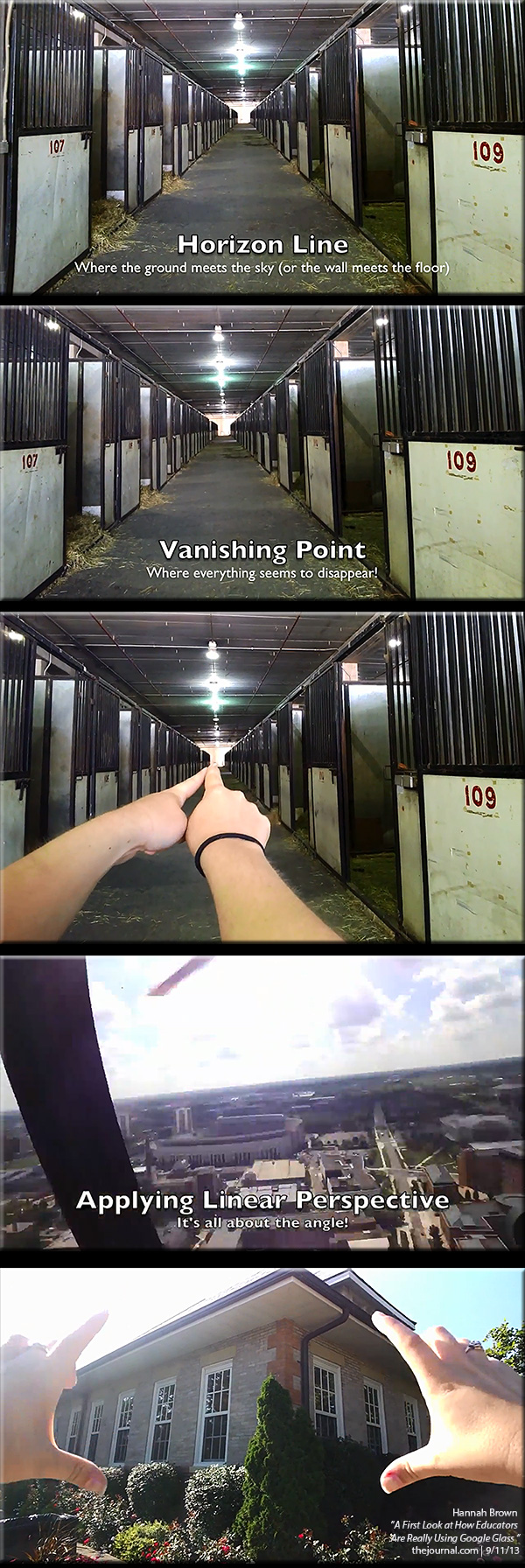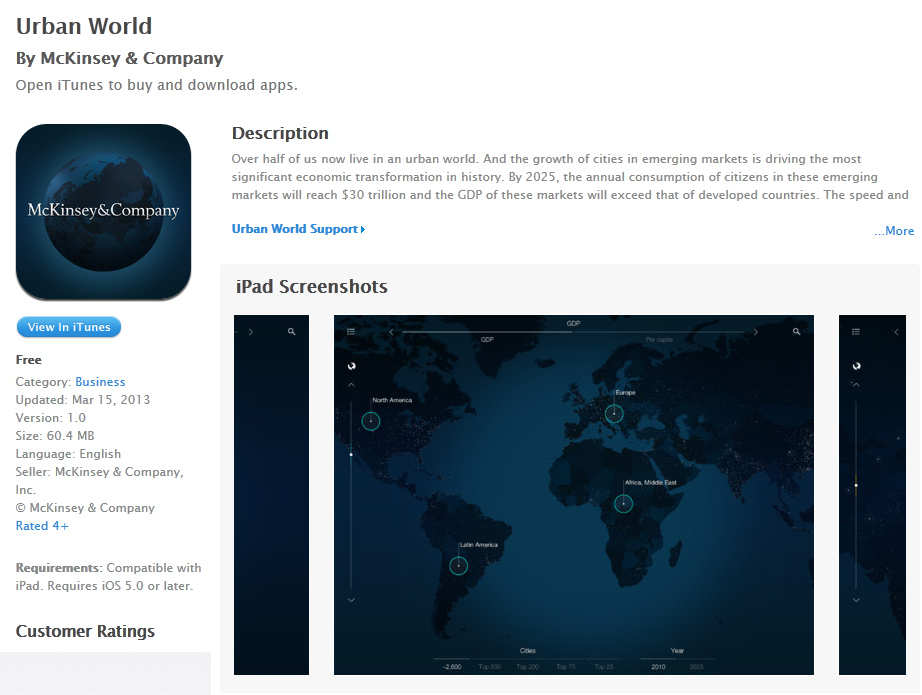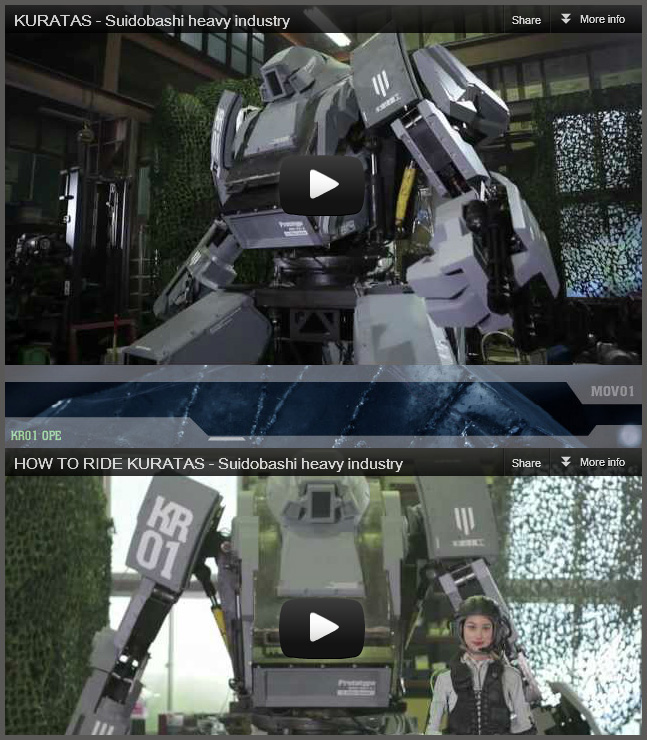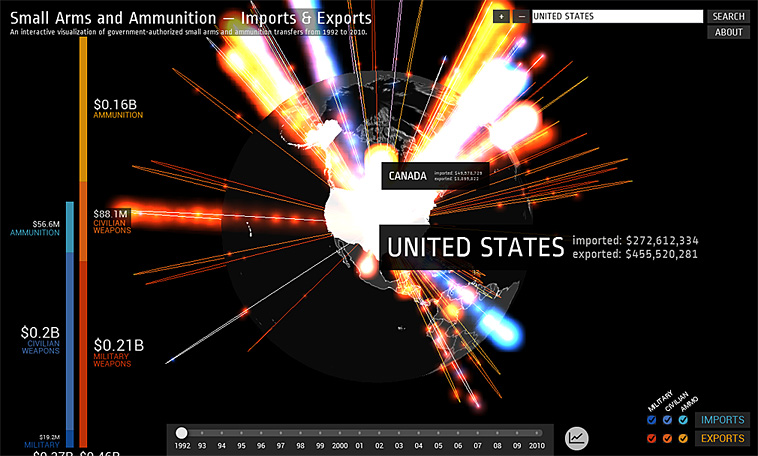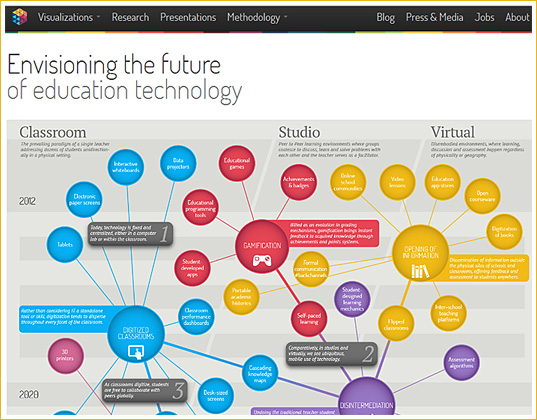Introducing first ever experiences for the Microsoft HoloLens Development Edition — from blogs.windows.com by Kudo Tsunoda
Excerpt:
I am super excited about today’s announcement that the Microsoft HoloLens Development Edition is available for pre-order. We set out on a mission to deliver the world’s first untethered holographic computer and it is amazing to finally be at this point in time where developers will be receiving the very first versions so they can start building their own holographic experiences.
…
With HoloLens, we are committed to providing the development community with the best experience possible. In order to help get developers started creating experiences for HoloLens, we’ve provided a number of great resources. First of all, there is a complete set of documentation provided to developers both by the people who have created the platform and by the people who have been building holographic experiences. We want to share all of our holographic knowledge with developers so they can start bringing their holographic dreams to reality as easily as possible. We have also provided a host of tutorial videos to help people along. All of the documentation and videos can be found at dev.windows.com/holographic.









